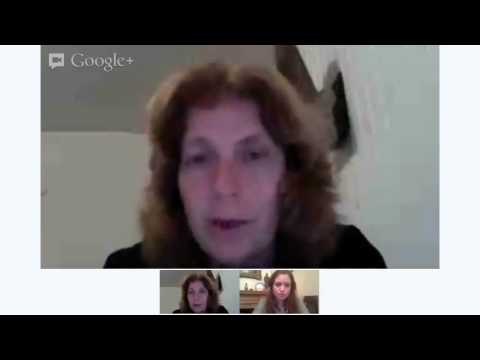This story has been updated below
On Feb. 19, we posted about Harriet Sherwood’s Feb. 17 Guardian report, ‘Sarah Silverman tweet puts women’s Western Wall protest in global spotlight‘, which focused on a protest by an Israeli group (‘Women of the Wall’) against restrictions imposed on women who pray at the Kotel in Jerusalem.

We noted that such protests resonate with a lot of Israelis who object to Haredi hegemony over religious practices in the state, but examined the following quote in the Guardian story for accuracy.
Despite some notable legal victories, “this is still a huge issue”, said [Anat] Hoffman, who is also director of [IRAC] the Israel Religious Action Centre [and chairperson of ‘Women of the Wall’], which campaigns against segregation and the exclusion of women. “Every day we get calls reporting things to us. Just yesterday, we heard that the water-drinking fountains at Petah Tikva cemetery have been segregated.”
IRAC is the legal and advocacy arm of the Reform Judaism movement in Israel.
Due to the fact that Hoffman evidently didn’t provide the source of her claim to Sherwood, we did our own investigation, and contacted an Israeli blogger named Anne, a resident of Petah Tikva [a city in central Israel, 10.6 km east of Tel Aviv], who investigated the matter personally.
Anne wrote the following:
I got [to the cemetery in Petah Tikvah] during a funeral (so I visited my grandmother’s grave while I was there) and then wandered around and took photos of the taps. First of all, there are no “drinking fountains” at the cemetery. I don’t think any cemetery has these. What they do have are taps to ritually wash your hands when leaving the cemetery (Netilat Yadayim). As you can see (in the photos), there were men and women washing hands together. The second set of taps are located outside the men’s toilets but are certainly used by both men and women. As you can see, there is no sign at all about separation, and I have washed my hands there many times. The “wall” dividing the two sides is simply to allow more taps in one small area.
So, contrary to the claim made by Hoffman there are no gender segregated “drinking fountains” in the Petah Tikva cemetery, and likely no “drinking fountains” at all. Further, the ritual hand washing taps, as Anne noted, are not segregated by gender.
However, this morning, we were contacted by a CiF Watch reader who supports the mission of the Israeli Religious Action Centre, and had emailed the group to seek comment on the claim made by their director. Here’s their reply:
It seemed Anat did confuse the cities when she said it was Petah Tikva. The city where we found the gender segregated washing station was in Kiryat Gat [a city in southern Israel, 56 km south of Tel Aviv]. I have attached a picture below. This will be corrected and in past and for all future statements on the issue.
Here’s the photo they sent.
So, there appears to indeed be separate men’s and women’s ritual hand washing stations at the cemetery in Kiryat Gat.
Though the connection between this particular gender separation practice at one Israeli cemetery and the restrictions imposed on women who pray at the Kotel is debatable, there’s a larger point to be made about Hoffman’s gaffe.
Though she was born in Jerusalem, Anat Hoffman spent time in the US (she earned her undergraduate degree from UCLA) and speaks flawless English.
Whilst conflating Petah Tikva with Kiryat Gat does not represent a major substantive error, Hoffman would likely be familiar with the ritual washing practice at Jewish cemeteries (symbolizing the dissociation from the impurity of death), and it therefore seems reasonable to ask why – unless Sherwood quoted her incorrectly – she would mistake a drinking fountain with a ritual hand-washing station.
The idea of separate drinking fountains (broadly speaking) evokes, for many, a very particular historical association – particularly to Americans.
If the Reform Movement wishes to effectively advocate for an end to Orthodox control of religious life in Jerusalem and elsewhere in the state, and also be taken seriously as a proudly Zionist movement, it seems fair to expect their spokespeople to exercise care in avoiding imprecise, inflammatory language which could aggravate the already volatile secular-religious divide in the Jewish state.

UPDATE: A reader in the comment section of our original post on this issue found a recent Ynet article from Feb. 11 (in Hebrew) reporting that, following complaints by some of the clientele at the cemetery about the segregated washing stations, the sign was removed (by orders of the Ministry of Religious Affairs) and the policy ended.
UPDATE 2: Thanks to a reader for pointing out that I incorrectly wrote that Anat Hoffman was a rabbi. She is not. The post has been corrected.






